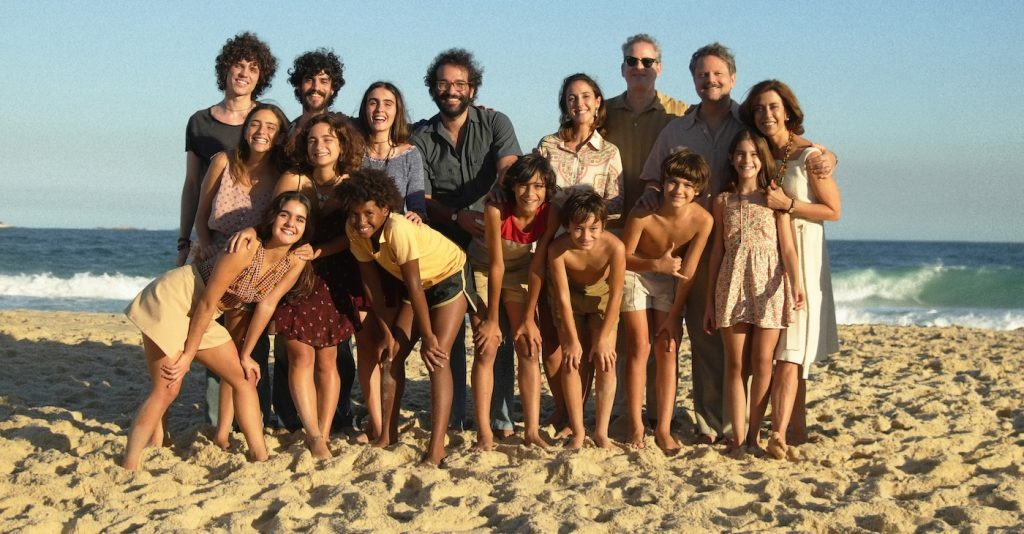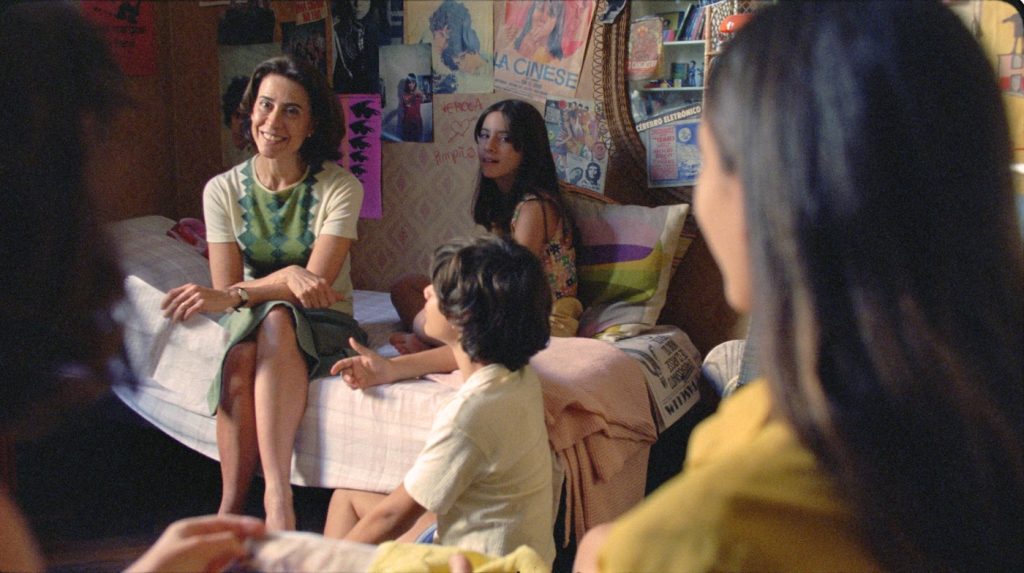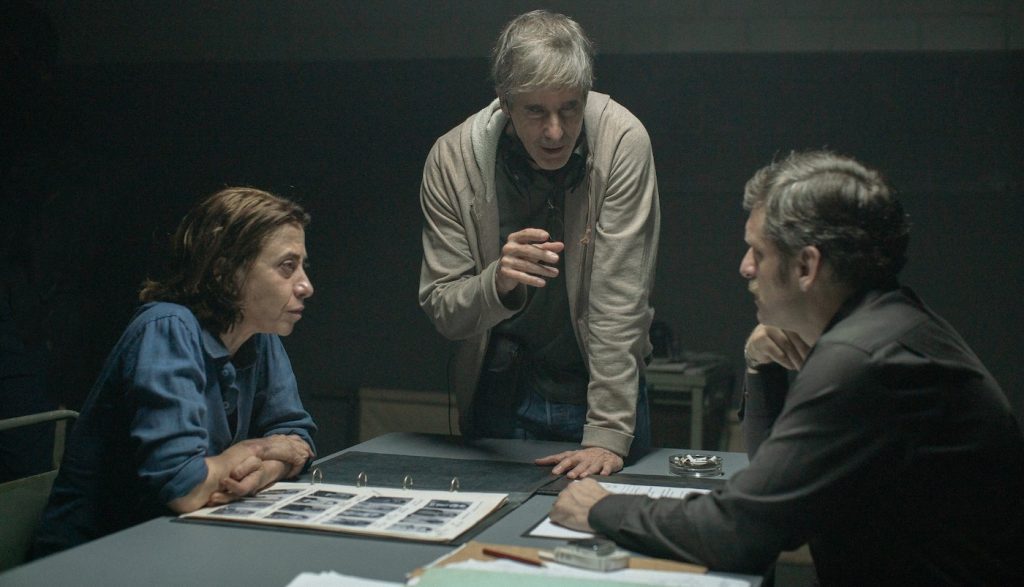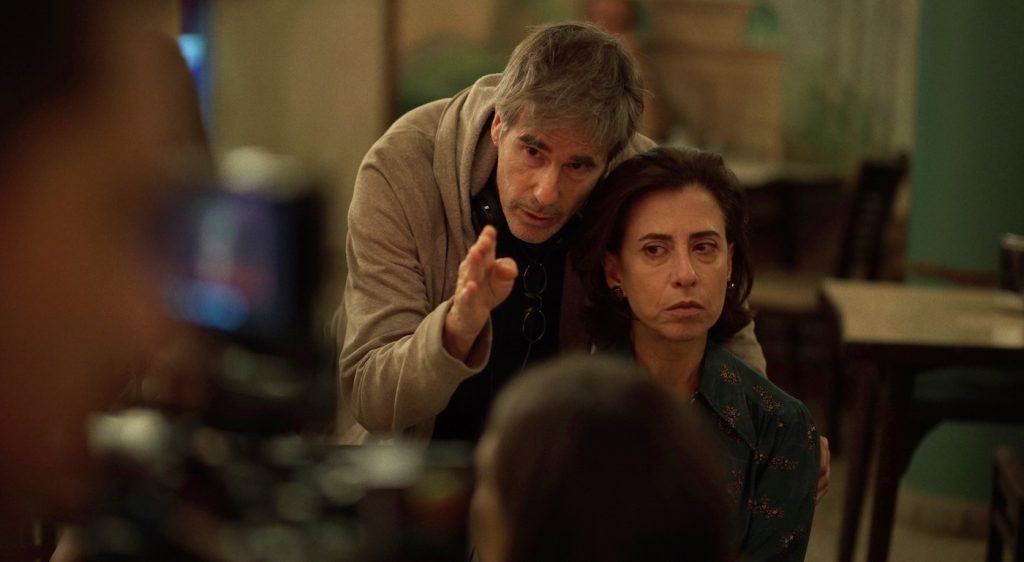Oscar-Nominated Producer Maria Carlota Bruno on Recreating a Transcendent Heroine in “I’m Still Here”
In 1964, a coup d’état overthrew Brazilian president João Goulart, initiating a military dictatorship that lasted until 1985. The former congressman Rubens Paiva went into self-exile at the time of the coup but returned to Rio de Janeiro in 1970, where he settled into a pleasant household near Leblon Beach with his wife, Eunice Paiva, and their five children. Rubens continued quietly supporting dissident Brazilian expatriates and, in January 1971, was arrested and disappeared during a military raid. Eunice’s efforts to learn what became of her husband led to her own arrest and torture over the course of 12 days, with Rubens’ death certificate withheld until 1996 (and the five people implicated in his death were never prosecuted). In the interim, Eunice not only held her family together, but she graduated from law school at age 48 and went on to become one of Brazil’s most distinguished experts on Indigenous rights.
Her son, Marcelo Rubens Paiva, chronicled what happened to his family and what his mother accomplished in his book “I’m Still Here,” which became the basis for director Walter Salles’ film of the same name. That movie is now the first-ever Brazilian-produced film to be nominated for a Best Picture Academy Award. Up for Best Actress is Fernanda Torres, who stars as Eunice (Torres’ mother, Fernanda Montenegro, plays Eunice in her eighties).
Salles’ depiction of the Paivas family life, both before and after Rubens’ arrest, is vivid and tender. It’s almost hard to believe these are actors playing a family—their tranquil affection for one another and the film’s calm, keen view into their home life at times feels more like a self-possessed documentary than a historical political drama. Audiences are brought into the beachy idyll of 1970s Leblon, which only serves to make the political prison where Eunice and, briefly, her teenage daughter Eliana (Luiza Kosovski) are held even more horrifying. Mother and children eventually move away from their house in Leblon, and the film jumps forward in time to 1996, when Eunice finally receives Rubens’ death certificate from the Brazilian state, then to 2014, when an 85-year-old Eunice, living with Alzheimer’s, sees a televised news report about her husband and seems to briefly reconnect to the past.
Executive producer Maria Carlota Bruno (Mariner of the Mountains, I Owe You a Letter About Brazil) filled us in on the challenges of recreating Leblon from a half-century ago, how Eunice’s adult children helped ensure the veracity of what we see on screen, and the echoes the themes of I’m Still Here have in the present day.
How was the process of recreating early 1970s Brazil? Were there particular challenges?
The first major challenge was research. The Paiva family lost a significant portion of their family photos in a fire, leaving us with very little personal archive to reference. The only existing photo of their home was an external shot taken after the family had moved out—by then, the house had already been converted into a restaurant. In 2019, we began an extensive search for archival footage in both national and international archives to gather details about Leblon in the 1970s. While Rio de Janeiro was well-documented in the 1960s, there was far less footage available from the following decade, making it even more difficult to find visual references of the Paiva family home and neighborhood.

How did you proceed?
Once we gathered enough images, the next major challenge was location scouting. It was a long and meticulous process, but we eventually found a house that bore an incredible resemblance to the real one—not only in its external features but also in the layout of its rooms. The scenes that took place in the streets were particularly challenging because the city’s geography has changed drastically over the years. The beachfront area has undergone a major architectural transformation—back in the 1970s, most of the properties facing the ocean were houses, whereas today, they have been replaced by large apartment complexes. To restore the look and feel of that era, our VFX team, led by Cláudio Peralta, worked closely with Walter to digitally reconstruct key locations, including positioning the Paiva family home as it originally stood, facing the beach.

What kind of research was necessary to accurately recreate the horrors of the prison where Eunice is held?
Daniela Thomas, associate producer and Walter Salles’ creative partner in directing the film conducted extensive research, delving into books that documented firsthand accounts from individuals who were also detained at DOI-CODI [Department of Information Operations – Center for Internal Defense Operations]. These vivid testimonies were crucial in reconstructing the emotional and sonic textures of the environment. Additionally, the art department, led by production designer Carlos Conti, meticulously recreated every detail of the prison, from the cell, corridors, and interrogation room to the photo albums and documents handled by the actors on set.
Was Marcelo Rubens Paiva involved on set, or did he offer any creative direction to ensure the film stayed true to his mother’s story?
Marcelo collaborated on the screenplay and was in constant contact with screenwriters Murilo Hauser and Heitor Lorega, as well as with Walter Salles throughout the scriptwriting process. His involvement extended beyond writing—he also worked closely with the screenwriters and Daniela Thomas during filming, as the script underwent numerous changes throughout production. Marcelo and his sisters were incredibly generous in sharing their family’s personal archives, including photographs, and providing detailed descriptions of the furniture and objects in their home. They even helped reconstruct the layout of the house—Marcelo’s sister, Nalu, hand-drew the floor plan from memory. From the very beginning, he and his sisters offered unwavering support to ensure that Eunice’s story was portrayed with authenticity and respect. One particular scene depicting the military occupation of their home was initially rehearsed with books scattered across the floor to suggest a more violent intrusion. However, Marcelo pointed out to Walter that the military behaved in a more composed manner; in fact, one even played foosball with the the boy, and that scene was added to the film.

Fernanda Torres is superb. Was she who the production envisioned playing Eunice Paiva early on?
Fernanda Torres has been Walter’s longtime collaborator. In 1995, they worked together on Foreign Land, Walter’s first feature film, co-directed with Daniela Thomas. In 2000, they reunited for a film produced for French television, a series in which various directors explored stories about the turn of the millennium. Throughout the years, they remained close friends. Fernanda had read the script early on but was engaged in other projects at the time. Initially, another actress was considered for the role, but due to personal reasons, she had to leave the project just as pre-production was about to begin. Fernanda, who had recently finished a series, was then invited to take on the role alongside her mother, Fernanda Montenegro.

While making this film, did you see the subject matter echoed or paralleled in the present day?
Very much so. The film was shot during a time when the country was governed by the far right, which made the need to tell this story even more urgent. Though it depicts events from our past, it felt deeply connected to the present moment we were experiencing. By the time the film was completed, the government had changed, but we had come dangerously close to returning to that era—just as many other countries are facing similar threats today. While the film speaks about the past, it increasingly resonates with the reality unfolding in many parts of the world right now.
For more upcoming films from Sony Pictures, check out these stories:
Issa Rae on the Importance of Filming “One Of Them Days” on the Streets of Los Angeles
“28 Years Later” Trailer Releases Hell in Director Danny Boyle’s Long-Awaited Zombie Thriller Sequel
Featured image: FERNANDA TORRES as Eunice in ‘I’m Still Here. ”Image: Alile Onawale. Courtesy of Sony Pictures Classics



